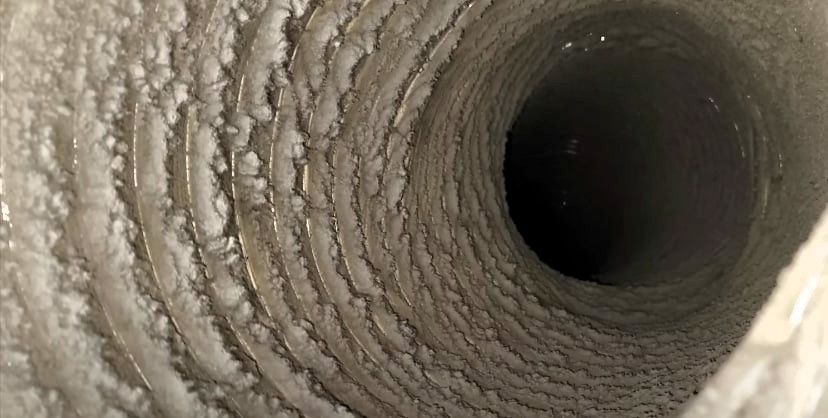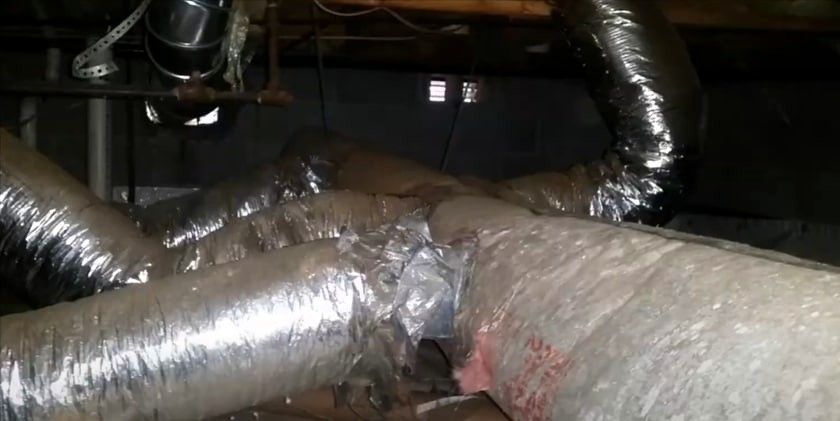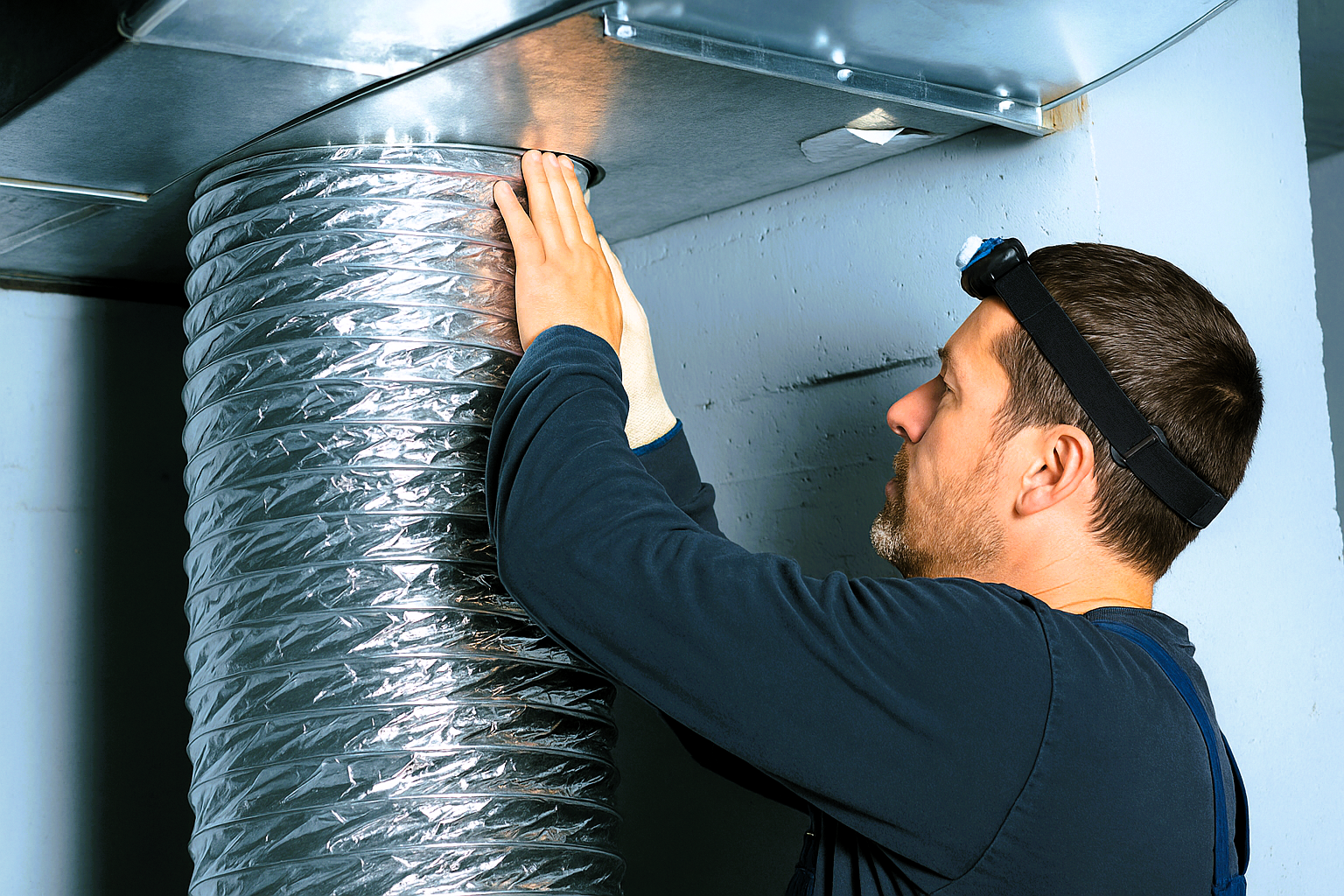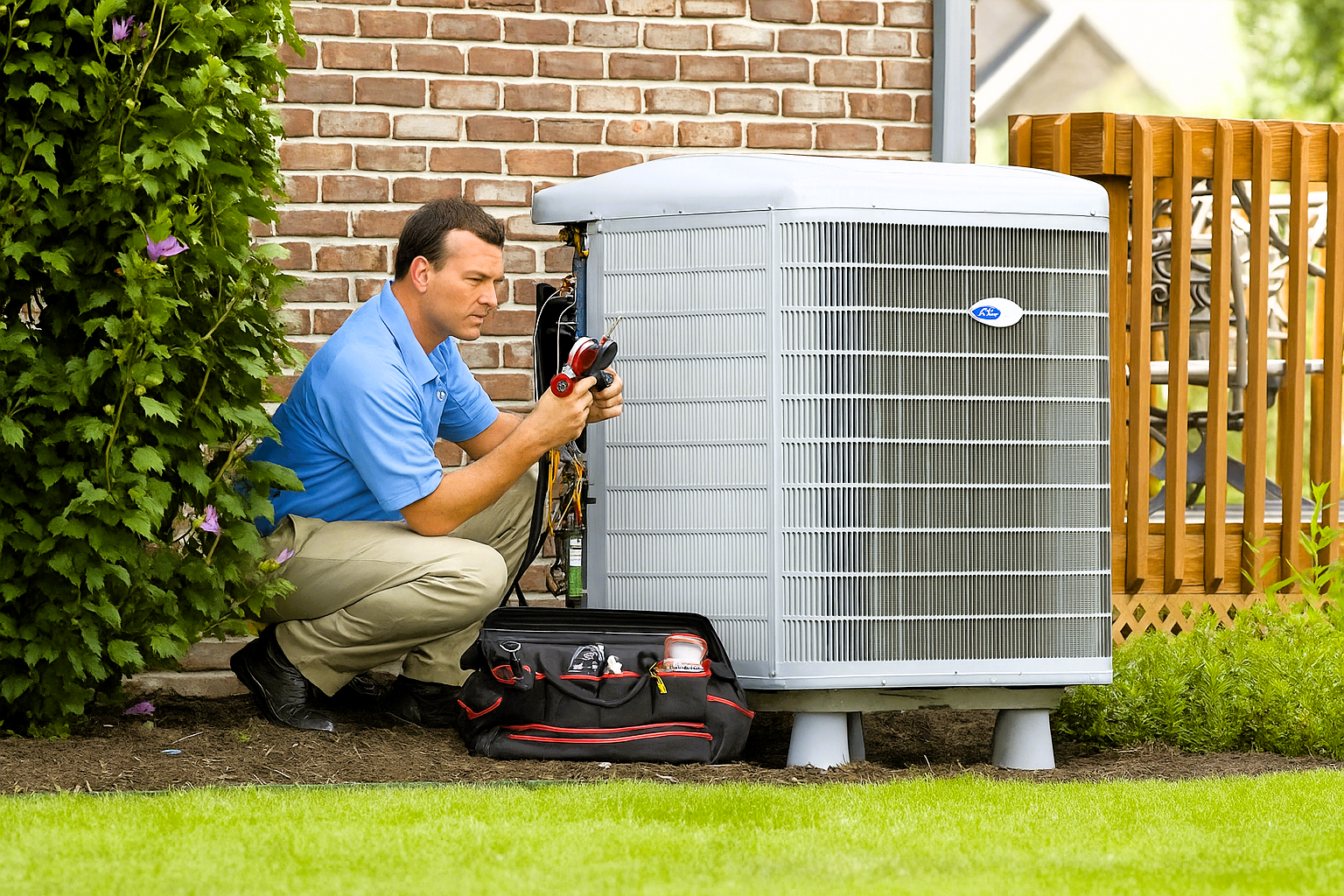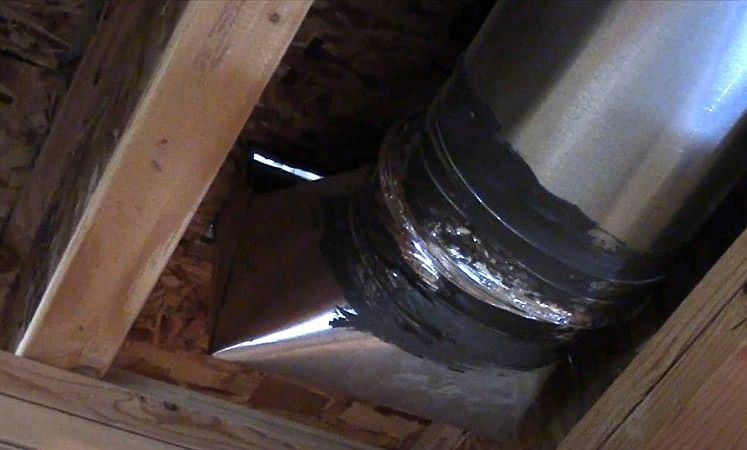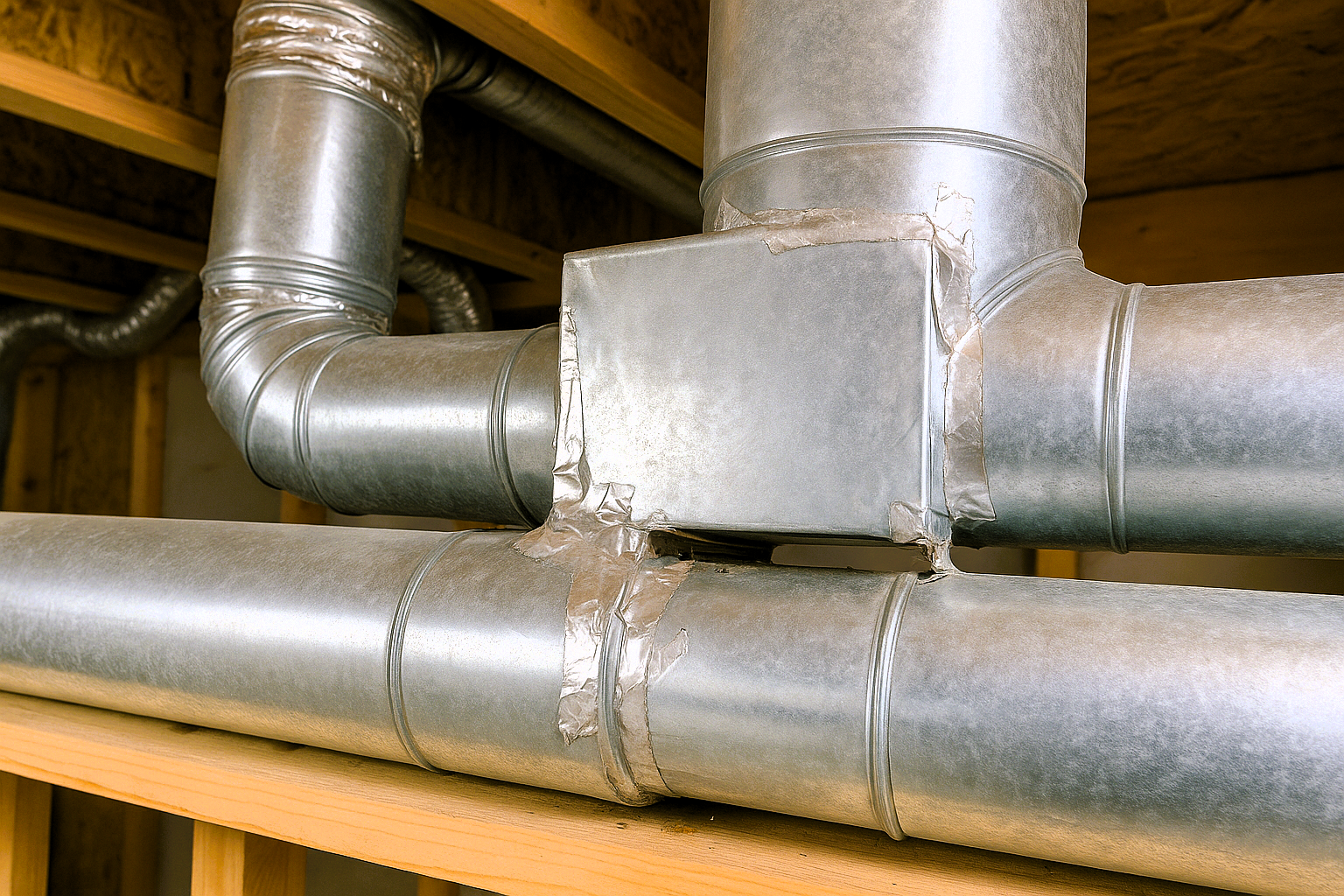Top 5 Tools HVAC Pros Use for Duct Repair (And Why They Matter)
Discover the best tools for HVAC technician ductwork repairs that last!
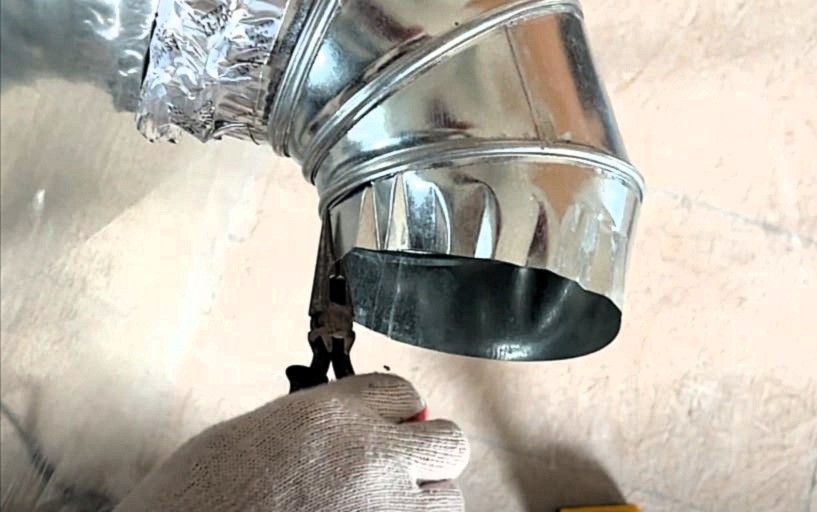
When people think about HVAC systems, they usually picture the big stuff—like furnaces, air conditioners, or maybe the thermostat on the wall. But what most folks don’t see is what really makes everything work: the ductwork hiding behind the walls and ceilings.
If those air ducts are loose, damaged, or leaking, the whole system struggles. You might notice rooms that never feel the right temperature, or energy bills that keep climbing for no clear reason. All that air your system works so hard to heat or cool? It could be slipping away through gaps you can’t even see.
That’s why skilled HVAC technicians don’t just show up and guess. They bring a set of reliable tools that help them find and fix problems fast—and make sure the repairs actually last. These tools aren’t just nice to have. They’re essential.
Let’s take a look at 5 key tools that HVAC pros depend on when working on duct systems—and how each one helps keep your home or business running comfortably and efficiently.
1. Duct Crimpers: The Matchmakers of Metalwork
Imagine trying to fit one metal tube into another—sounds simple, right? Not exactly. Duct crimpers make that connection possible by creating a ridged end that slips neatly into the next piece, kind of like snapping LEGO bricks together. But for grown-ups. And HVAC pros.
Without a good crimp, ducts sit awkwardly and leak like crazy. Crimpers help techs get a snug, gap-free fit fast. That means fewer air leaks, smoother airflow, and less time fiddling with tape and sealant.
2. Airflow Meters: The Invisible Air Whisperers
You can’t fix what you can’t see—and airflow is one of those things that hides in plain sight. That’s where airflow meters come in. These tools tell you how much air is actually cruising through the ducts, and where it’s getting stuck or leaking out.
HVAC pros use them before and after a repair to make sure their fix made a real difference. It's not just about patching holes—it's about restoring proper balance so your whole house feels like the right temperature again.
3. Sheet Metal Snips: Cut It Clean, Cut It Right
When ductwork gets damaged, it’s not always a simple swap. Techs often need to trim and shape new sections to fit into funky, tight spaces. That’s where sheet metal snips shine.
Think of them as industrial-strength scissors, tailored for slicing through aluminum or steel like it’s wrapping paper. Clean cuts = better fits = fewer leaks. Plus, less chance of slicing a finger on a jagged edge. Safety and precision? Yes, please.
4. Mastic Sealant: The Sticky MVP
If there were a Hall of Fame for HVAC materials, mastic would be a first-ballot inductee. It’s thick, gooey, and kind of a mess—but man, does it get the job done.
Pros slather this sticky paste over seams, joints, and tiny gaps. Once it dries, it forms a flexible, tough-as-nails barrier that keeps air where it belongs. It also holds up against heat, moisture, and time. It's not pretty—but it's powerful.
5. HVAC Foil Tape: Duct Tape’s Grown-Up Cousin
Let’s get one thing straight: that gray roll of duct tape from your junk drawer? Not made for actual ducts. Shocking, right?
Pros use foil-backed HVAC tape instead. It’s built to withstand heat, stick like a barnacle, and hold everything together when mastic alone won’t cut it. Whether it’s sealing awkward corners or locking down insulation, this tape’s the finisher every duct job needs.
Why These Tools Actually Matter (Especially for Homeowners)
These aren’t just cool gadgets. They’re the backbone of professional duct repair. When used correctly, they don’t just patch things up—they restore your system’s efficiency, improve airflow, and help lower your energy bills.
If your home’s got hot spots, cold corners, or sky-high bills that don’t make sense, your ductwork might be quietly sabotaging you. Knowing how pros fix it can help you understand what’s going on—and why the fix isn’t just slapping on some tape and calling it good.
Need help figuring it all out? If you're in the Grand Rapids area and want duct repairs done the
right way (tools, know-how, and no shortcuts),
give Grand Rapids Duct Cleaners a call. We’ll get your system breathing right again—so your home stays comfy and your energy bill stays sane.

